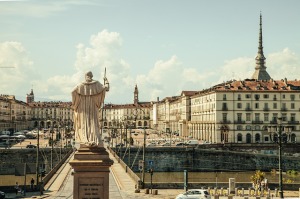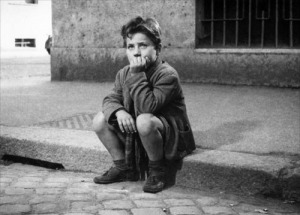5 Famous Churches You Have To Visit In Italy
Posted on November 1st, 2014 by Anna in Uncategorized | No Comments »
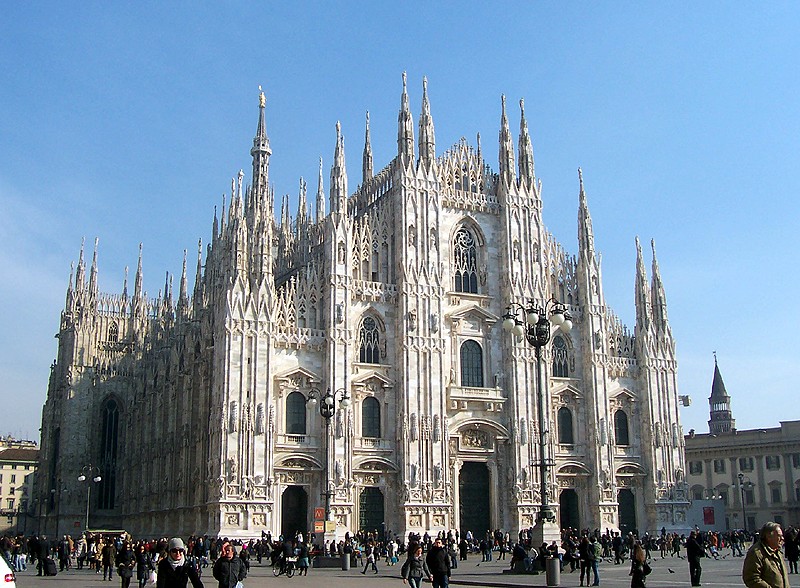 When it comes to majestic works of architecture, Italy is the heartland for some of the Renaissance’s most stunning and innovative edifices. And, serving as the headquarters for the Catholic Church for the past two millennia, Rome alone has more than its share of historic churches and cathedrals. So, whether you’re a lover of art and architecture or going on a religious pilgrimage, here are the top five churches you cannot miss out on if you’re traveling to Italy.
When it comes to majestic works of architecture, Italy is the heartland for some of the Renaissance’s most stunning and innovative edifices. And, serving as the headquarters for the Catholic Church for the past two millennia, Rome alone has more than its share of historic churches and cathedrals. So, whether you’re a lover of art and architecture or going on a religious pilgrimage, here are the top five churches you cannot miss out on if you’re traveling to Italy.
- St. Peter’s Basilica. Without a doubt the most famous of Rome’s cathedrals, St. Peter’s Basilica in Vatican City is one of the largest churches in the world, deemed by many to be one of “the greatest churches in all Christendom.” As tradition has it, the basilica is the resting place of St. Peter, as well as centuries’ worth of popes after him, but its claim to fame lies in the hand the Renaissance sculptor Michelangelo had in its design. To this day, the dome of St. Peter’s is the largest in the world, and the sheer enormity of space inside the cathedral makes for a truly impressive experience.
- Sistine Chapel. Another Vatican City church that Michelangelo contributed to, the Sistine Chapel, is part of the Apostolic Palace where the Pope lives. Dating back to before the Sack of Rome, the walls of the chapel are covered with elaborate frescoes and mosaics by famous artists like Botticelli and Pinturicchio. But the true masterpiece of the chapel is Michelangelo’s iconic paintings of biblical scenes, chiefly The Last Judgement.

- Basilica di Santa Maria del Fiore. Dating back to the 13th century, this church is more commonly known as the Duomo of Florence. It is a surprising mish-mash of architecture styles, being originally built in the Gothic style, completed with the High Renaissance dome designed by Filippo Brunelleschi, and retouched in the 19th century with green and pink marble in the Gothic Revival style. Between the Piazza del Duomo, the Baptistery, and Giotto’s Campanile, the basilica is a UNESCO World Heritage Site and one of Florence’s top tourist destinations.
- Milan Cathedral. A jagged, Gothic masterpiece that was built over the course of six centuries, the Duomo of Milan is paved with white marble and designed in a French style that is surprising to see in an Italian city. Spouting dozens of sharp spires from its roof, this cathedral has many beautiful stained glass windows and archaic sarcophagi, plus a great view from the roof.
- Basilica San Marco. The famous cathedral in the center of Venice, San Marco’s Basilica blends Orthodox and Catholic traditions in its design. Its arches are adorned with paintings of patron saints as well as Byzantine-style mosaics, and for centuries it has symbolized the wealth of Venice. Not only is entry free, but the piazza beside it is filled with friendly pigeons to feed.
If you wish to learn more about Italy’s historic cathedrals, or if you’re planning a trip to Italy yourself, send us an inquiry for information about Italian lessons. Or you can take a look at our different Italian courses for yourself.




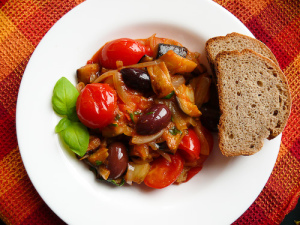 1. Caponata. Sicily’s soil is perfect for growing aubergines, so they are a common ingredient in many of their courses. Caponata is a sour-sweet stew of fried aubergine, onions, zucchini, capers, balsamic vinegar, and pine nuts.
1. Caponata. Sicily’s soil is perfect for growing aubergines, so they are a common ingredient in many of their courses. Caponata is a sour-sweet stew of fried aubergine, onions, zucchini, capers, balsamic vinegar, and pine nuts.

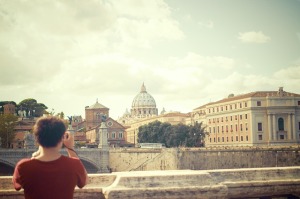
 For one thing, Italy’s contribution to the world of cookies and biscuits is seemingly endless. Everyone has probably had biscotti with their coffee at Starbucks, but there are also pizzelles, a thin, waffle-like cookie with a lacy pattern, flavored with anise, vanilla, or almond extract. The Prado-based cookies brutti ma buoni (which translates to “ugly but good,”) look like unappetizing stones, but have a delicate almond flavor. The Florentine is a particularly elaborate concoction: a caramel disc coated with dark chocolate, chopped hazelnuts and almonds, and candied cherries.
For one thing, Italy’s contribution to the world of cookies and biscuits is seemingly endless. Everyone has probably had biscotti with their coffee at Starbucks, but there are also pizzelles, a thin, waffle-like cookie with a lacy pattern, flavored with anise, vanilla, or almond extract. The Prado-based cookies brutti ma buoni (which translates to “ugly but good,”) look like unappetizing stones, but have a delicate almond flavor. The Florentine is a particularly elaborate concoction: a caramel disc coated with dark chocolate, chopped hazelnuts and almonds, and candied cherries.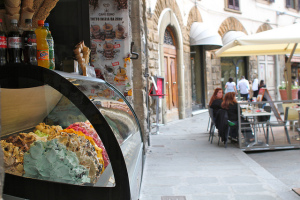
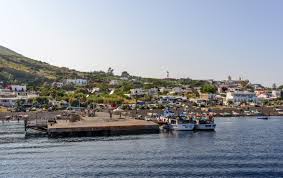



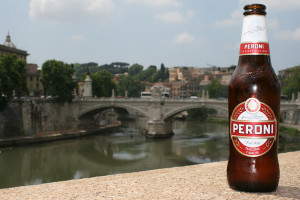 na birra, per favore. An important phrase in any language, “One beer, please,” will get you through most social situations until you learn enough Italian to cobble together an actual conversation with someone.
na birra, per favore. An important phrase in any language, “One beer, please,” will get you through most social situations until you learn enough Italian to cobble together an actual conversation with someone.
